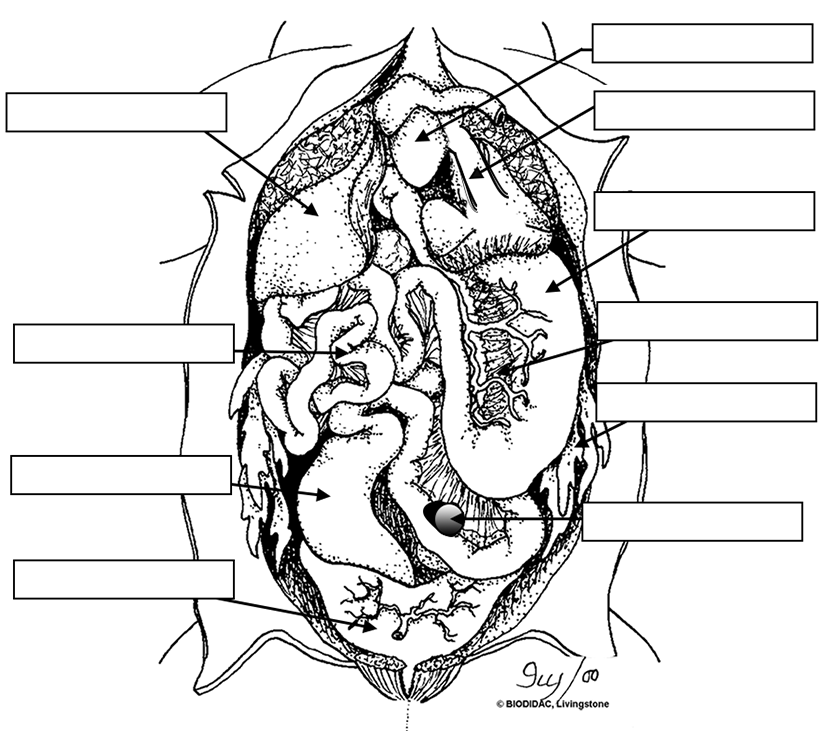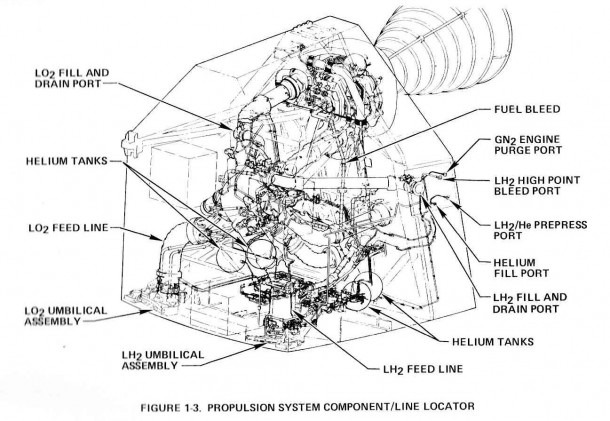

Roger Sperry's classic eye rotation experiments in newts ( 6) and forced nerve uncrossing experiments in anuran amphibian species ( 7) long ago showed that in these vertebrates, fully disconnected RGC axons are able to reconnect and drive visually driven behaviors. In contrast to mammals, many nonamniotic vertebrates possess the ability to regenerate injured RGC axons, successfully reinnervate appropriate brain targets, and regain functional vision. This results in vision loss that is asymmetric and progressive, unfolding over years or decades ( 4, 5). In more chronic optic neuropathies such as glaucoma, the leading cause of irreversible blindness worldwide, insult to RGC axons is more focal and asynchronous. In acute situations of traumatic brain injury or ischemic optic neuropathies, this vision loss can occur quickly, over days or weeks ( 1–3).

As the visual system is part of the CNS, optic neuropathies that affect the axons of retinal ganglion cells (RGCs), the sole projecting neurons of the eye, eventually result in partial or complete irreversible vision loss. Injury to axons invariably results in not only the rapid degeneration of the injured axons but also most often subsequent cell death. In mammals, the central nervous system (CNS) is incapable of productive axonal regeneration. Thus, though Dlk seems to assist in conveying an injury signal back to the soma, it may act by different mechanisms in frog RGCs than in mammals. However, the downstream transcription factor Jun seems dispensable for regeneration. We find that dual leucine zipper kinase ( dlk) is essential for RGC axon regrowth and vision restoration. We report new assays in one such species, Xenopus laevis, which enable live imaging of axon regeneration and scalable interrogation of gene function via CRISPR/Cas9. Therefore, learning how other vertebrates regenerate their RGC axons is of great interest. Most interventions in mice produce only modest regeneration with little vision restoration. In mammals, damage to retinal ganglion cell (RGC) axons results in neuronal death and irreversible blindness. These results demonstrate that in a species fully capable of regenerating its RGC axons, Dlk is essential for the axonal injury signal to reach the nucleus but may affect regeneration through a different pathway than by which it signals in mammalian RGCs. Dlk loss does not alter the acute changes in mitochondrial movement that occur within RGC axons hours after ONC but does completely block the phosphorylation and nuclear translocation of the transcription factor Jun within RGCs days after ONC yet, Jun is dispensable for reinnervation. Loss of Dlk does not affect RGC innervation of the brain during development or visually driven behavior but does block both axonal regeneration and functional vision restoration after ONC. Using this assay, we find that map3k12, also known as dual leucine zipper kinase (Dlk), is necessary for RGC axonal regeneration and acts in a dose-dependent manner. Here, we describe a tadpole optic nerve crush (ONC) procedure and assessments of brain reinnervation based on live imaging of RGC-specific transgenes which, when paired with CRISPR/Cas9 injections at the one-cell stage, can be used to assess the function of regeneration-associated genes in vivo in F0 animals. Retinal ganglion cell (RGC) axons of the African clawed frog, Xenopus laevis, unlike those of mammals, are capable of regeneration and functional reinnervation of central brain targets following injury.


 0 kommentar(er)
0 kommentar(er)
